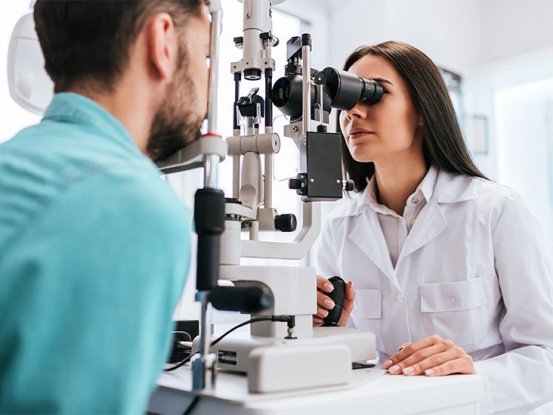Wet age-related macular degeneration (wet AMD) is a vision-threatening eye disorder that affects the central field of sight. Millions of people in the United States face this condition, and knowing the available treatments is vital to maintaining vision and enhancing overall quality of life.

Understanding Wet AMD
Wet AMD develops when abnormal blood vessels grow under the retina and leak fluid, leading to swelling and vision distortion. This form can cause rapid loss of central sight, unlike the slower progression of dry AMD, making prompt diagnosis and care critical.
About 10% of individuals with AMD will develop the wet type. While it is most prevalent in people over 60, younger adults with hereditary risks may also be affected. Key symptoms include blurred or distorted vision and dark patches in central sight, emphasizing the importance of timely medical evaluation.
Anti-VEGF Injections
The frontline therapy for wet AMD is anti-vascular endothelial growth factor (anti-VEGF) medication. Agents such as aflibercept (Eylea) and ranibizumab (Lucentis) suppress the growth of abnormal blood vessels, helping patients preserve or even regain vision.
These injections are given directly into the eye—usually monthly at first—with longer intervals possible during maintenance phases. Research confirms their benefits, though consistent treatment is often required. Patients must also be aware of risks, including infection or elevated intraocular pressure.
Laser and Photodynamic Therapy
For some patients, laser procedures provide another treatment path. By sealing leaking vessels, lasers can reduce retinal damage, though they are generally suited only to specific cases.
Photodynamic therapy (PDT) combines a light-sensitive drug with targeted laser exposure to selectively destroy abnormal vessels. Outcomes vary, but some patients achieve notable improvements depending on disease stage and personal factors.
Lifestyle Strategies for Eye Health
Clinical treatments are most effective when paired with healthy habits. Diets rich in leafy vegetables, fruits, and omega-3 fatty acids can support eye health. Maintaining a healthy weight and controlling blood pressure also help slow disease progression.
Regular eye checkups enable earlier detection, while wearing UV-protective sunglasses and avoiding smoking reduce risks. Staying physically active contributes to overall wellness and may help delay the advancement of AMD.
Treatment Risks and Considerations
Although beneficial, therapies for wet AMD do come with potential side effects. Anti-VEGF injections may cause short-term discomfort, temporary blurred vision, or—in rare cases—serious complications like retinal detachment. Laser procedures may leave scars or lead to transient vision changes.
Close collaboration with eye care professionals allows patients to weigh benefits and risks effectively. Open discussions ensure treatment choices are suited to each individual’s circumstances.
Conclusion
Despite the challenges of wet AMD, effective treatment strategies are available. Anti-VEGF therapy remains the standard, with laser and PDT as alternatives in specific cases. Combined with healthy lifestyle practices, these treatments offer hope for preserving vision and quality of life.
